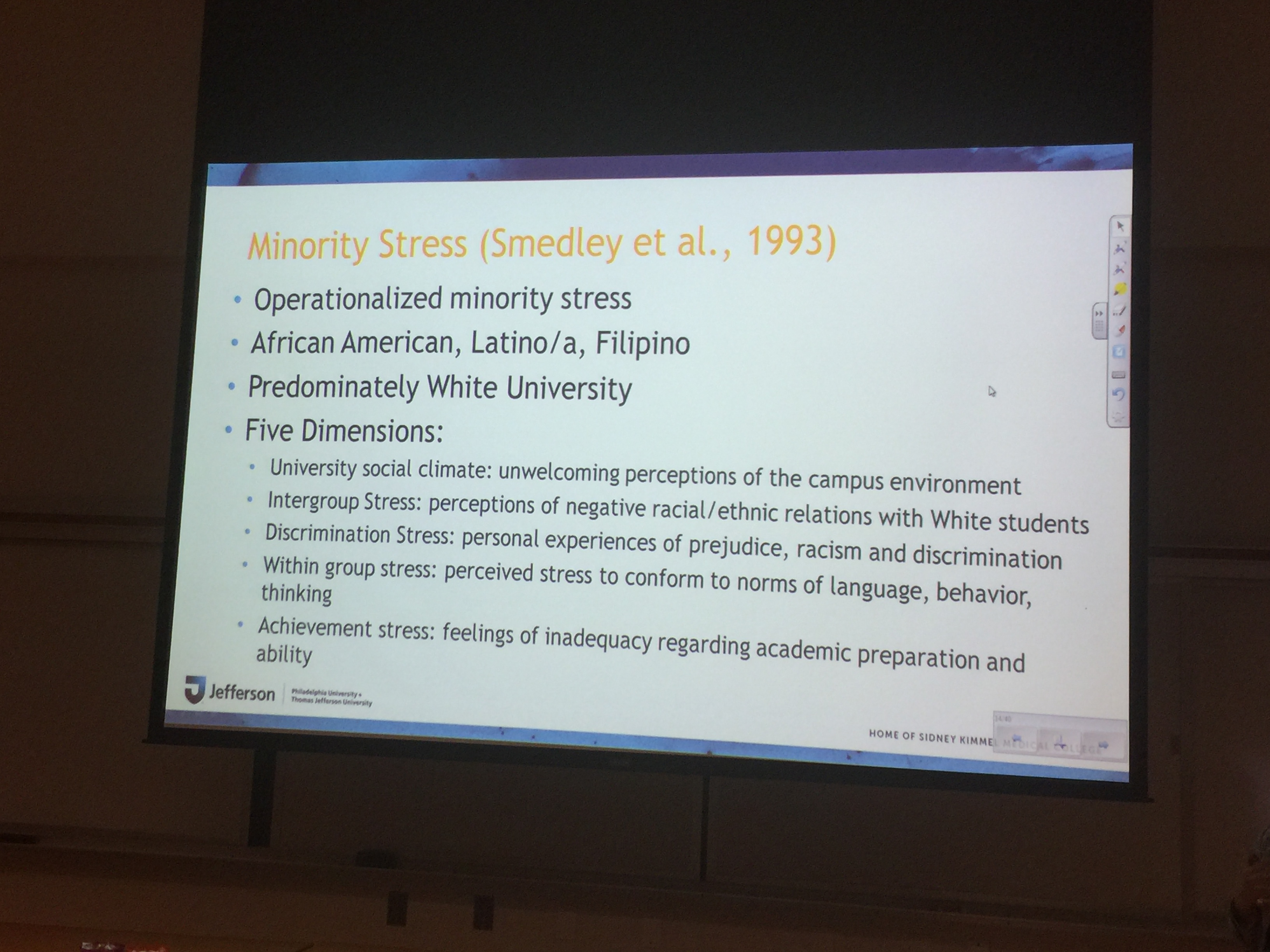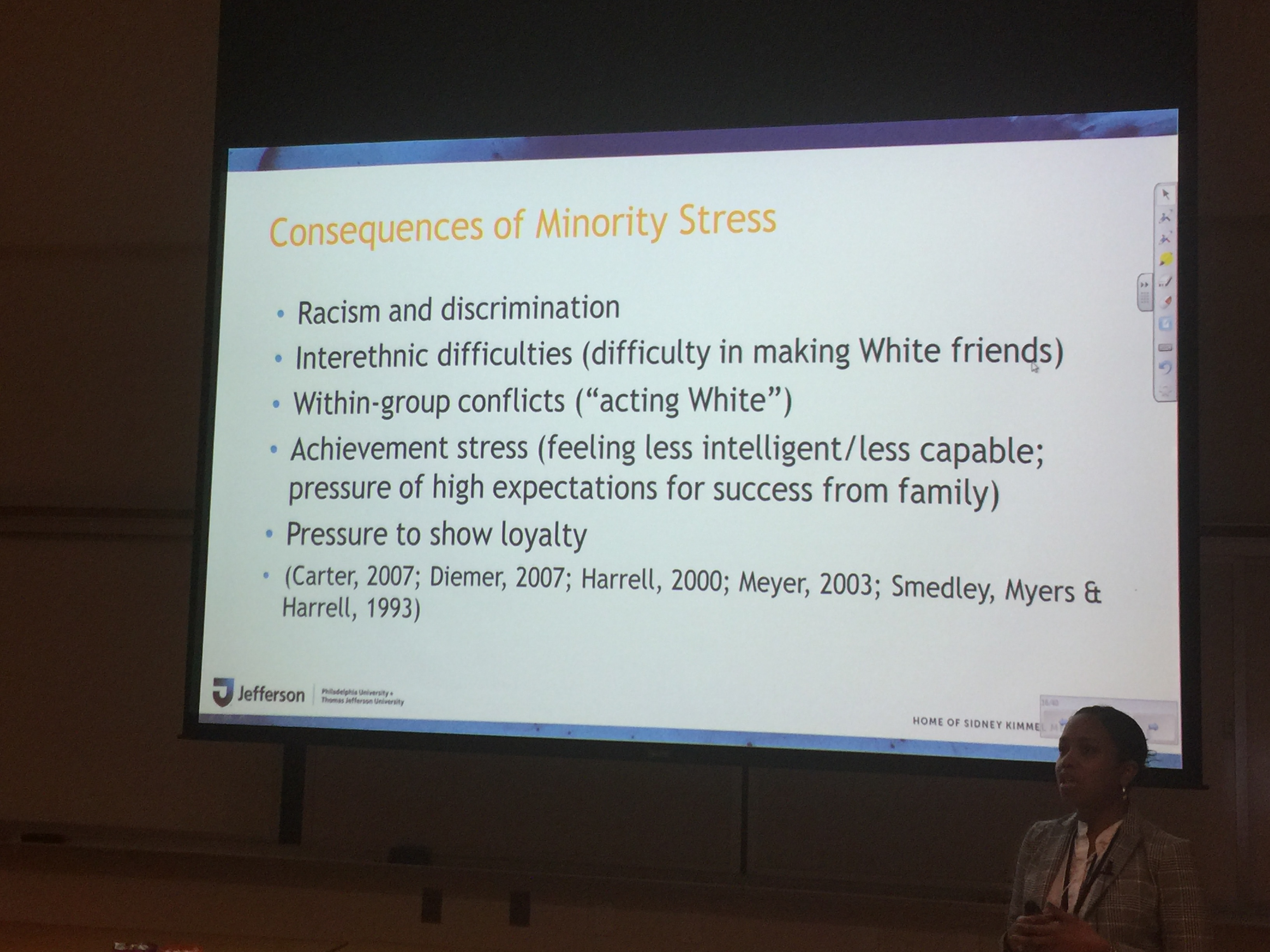
Culturally relevant suicide prevention programming for diverse students
The 2019 Higher Education Suicide Prevention Conference featured a very important session highlighting the importance of having conversations about how colleges and universities can address suicide prevention methods for diverse college students.
Suicide is prevalent in college campuses across the United States.
According to the American College Health Association (ACHC), suicide is currently the second most common cause of death among college students.
Six percent of undergraduate and four percent of graduate students in four-year colleges reportedly have seriously considered attempting suicide, while the suicide rate among youth adults, ages 15 to 24, has tripled since the 1950s. In addition to those statistics, overall roughly 1,100 suicides occur at colleges every year.
With these numbers as they are, colleges and universities can play a necessary and crucial role in helping students who are or may be dealing with suicidal thoughts and ideations through culturally relevant methods that can go towards prevention.
Minority stress refers to the unique stresses experienced by minority students that interfere with their college adjustment and integration into the university community.
This concept can be applied to multiple aspects of diversity—race, ethnicity, gender, sexual orientation, socioeconomic status, age, physical ability, religion, etc.
Researchers have conceptualized five different dimensions that occur due to minority stress.

“What we find in the minority stress theory is that it’s unique, meaning that diverse students also experience general stress—which all students of any ethnicity or race experiences—but they also experience this added additional stress related to racism, discrimination, and prejudice,” Dr. Shawn Blue, a licensed staff psychologist and outreach coordinator of the Student Personal Counseling Center at Thomas Jefferson University, said during the session.
The fact that minority stress tends to occur on a daily basis, over a long period of time, and often involves interactions with others, makes the necessity of having a welcoming campus environment for the diverse student base even more critical.
Researchers have pointed to a strong ethnic identity as a protective factor in reducing the issue of minority stress among diverse students.
“The idea around this is that students make sense of their world,” said Blue. “They categorize their experiences based off of what they’re experiencing on campus by society.”

Stressors include racial discrimination, strained relationships with faculty members, being the first in the family to attend college, racial and ethnic underrepresentation in academic courses, and intragroup conflicts. All of these stressors can be aided by faculty help.
“There needs to be a top-down support of these types of concerns and endeavors,” said Blue. “But part of the problem is that there’s a lack of presence, there’s a lack of seeing similar people in these university roles, but the importance of it is that it provides a lot of different benefits for the student.”
“It shows them where they could be at some potential part, and gives them some motivation in terms of how they can kind of be successful in the future for themselves. But also, it just validates the norms their experience to have individuals who are like them and that can be supportive to them,” she added.
CONTENIDO RELACIONADO
On one hand, the vast number of students who deal with these concerns presents a reality in which there is also a vast number of approaches in coping with it, as it differs across diverse groups. On the other hand, colleges and universities can play an important role in helping address these concerns by learning about the diverse approaches towards minority stress that exists.
That can happen by way of bicultural competence, which is an extension of ethnic identity, and refers to having the knowledge of language, lifestyle characteristics, and patterns of interpersonal behavior of two cultural groups.
A college campus with a diverse student base correlates with having diverse thoughts and experiences.
As a result, when experiencing the stress and pressures of college, diverse students are likely to have diverse ways of coping.
“We’re finding that there’s a positive association with psychological well-being and decreased depressive symptoms when individuals are able to have this bicultural competence,” Blue said.

“In order for anything to be sustainable, it needs to really be top-down, and also have the support of the entire community and campus,” said Blue.
A big part of that will require the faculty and administration to understand the student composition that exists on campus and just how diverse it is. The more knowledge that the faculty and administration has surrounding the issue at hand, the more equipped they can become in addressing it.
“A lot of this has been on the student piece… but there is also this idea on educating our faculty and administration about the importance of diversity, the impact of racism and prejudice, and discrimination, microaggressions, implicit biases—all of those issues need to be discussed," Blue added.
“Find out what the issues are on campus, talk to students, get a good sense and gauge what their needs are, what their feelings are—sometimes just having a space to talk about issues that are playing in their academic settings."
For diverse college campuses, diverse interventions can go a long way towards making sure that all students feel heard. Promoting the diversity that is on campus can drastically decrease the minority stress that diverse students often experience, and that can also help decrease the rate of suicide among college student.










DEJE UN COMENTARIO: